5-day design sprint
5-day design sprint
5-day design sprint
Case Study - "How might we help users better understand T&C?" by using Google design sprint methodology
Case Study - "How might we help users better understand T&C?" by using Google design sprint methodology
Case Study - "How might we help users better understand T&C?" by using Google design sprint methodology
Company
Bowtie Life Insurance
Company
Bowtie Life Insurance
Company
Bowtie Life Insurance
Tools
Paper & Pen
Sketch
Tools
Paper & Pen
Sketch
Tools
Paper & Pen
Sketch
Role
Coordinator
Product designer
Role
Coordinator
Product designer
Role
Coordinator
Product designer
Deliverables
Design solution
Prototype
Deliverables
Design solution
Prototype
Deliverables
Design solution
Prototype
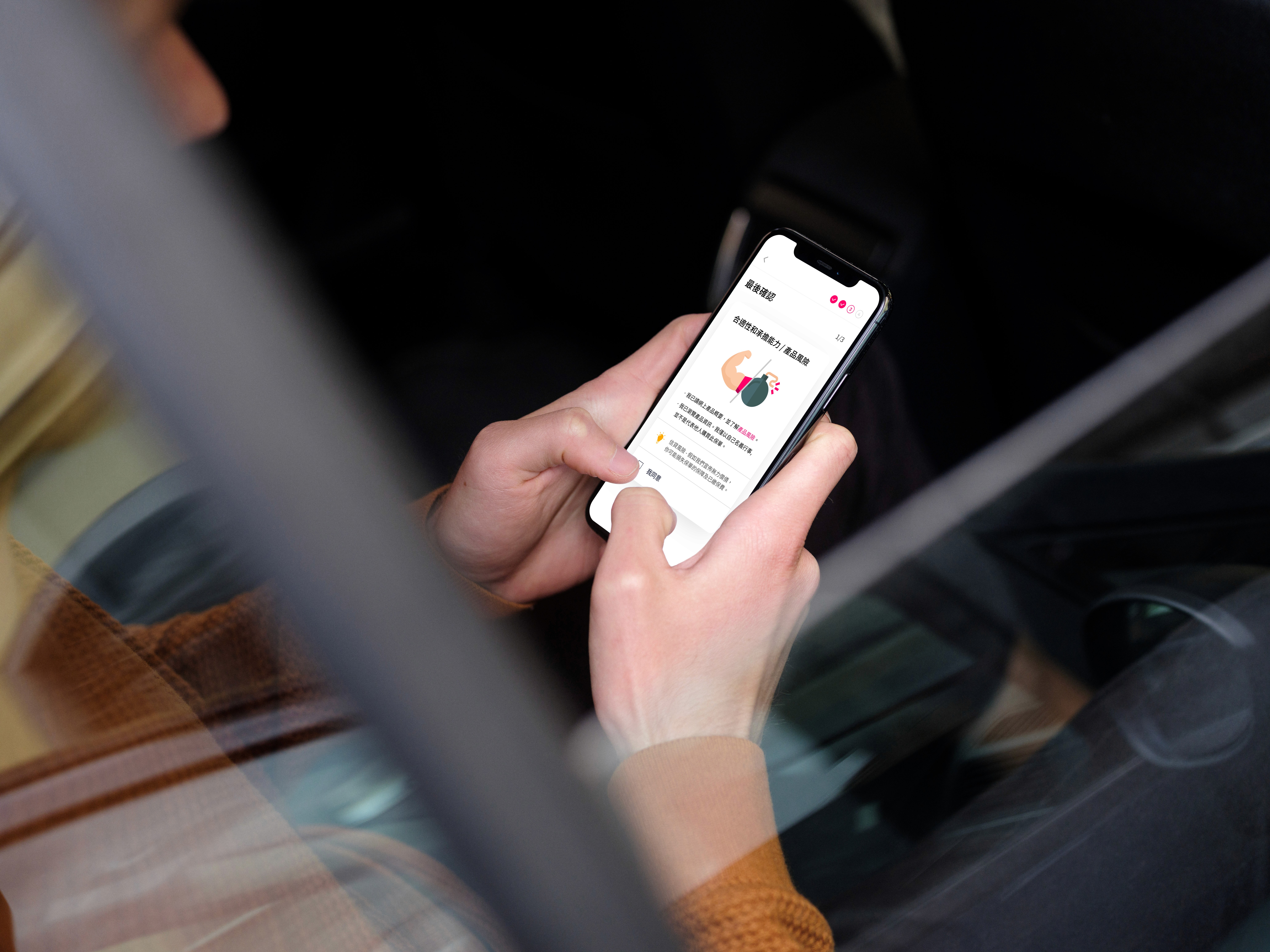


Overview
Google design sprint is a 5-day process for answering critical business questions through expert interview & question defining, sketching, prototyping, voting and idea-testing. This methodology has been developed by Google Ventures.
Total Sprint Time
5 days
Participants
Product Designers x3
Co-founders x2
Chief Medical Officer x1
Senior SEO Strategist x1
Engineer x1
Product Manager x1
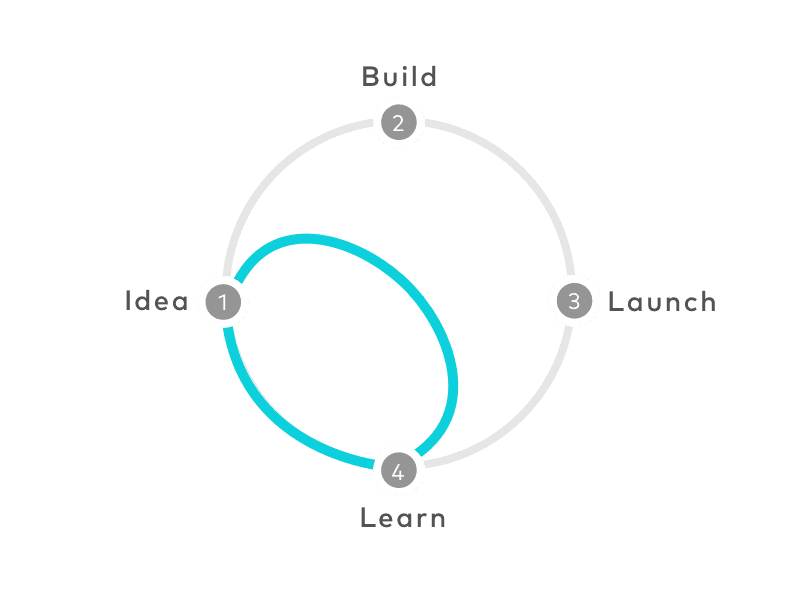
“The sprint gives teams a shortcut to learning without building and launching.” — Photo by Google Design Sprint
Overview
Google design sprint is a 5-day process for answering critical business questions through expert interview & question defining, sketching, prototyping, voting and idea-testing. This methodology has been developed by Google Ventures.
Total Sprint Time
5 days
Participants
Product Designers x3
Co-founders x2
Chief Medical Officer x1
Senior SEO Strategist x1
Engineer x1
Product Manager x1

Overview
Google design sprint is a 5-day process for answering critical business questions through expert interview & question defining, sketching, prototyping, voting and idea-testing. This methodology has been developed by Google Ventures.
Total Sprint Time
5 days
Participants
Product Designers x3
Co-founders x2
Chief Medical Officer x1
Senior SEO Strategist x1
Engineer x1
Product Manager x1

Here's our challenges …
Thorough research of user feedback and interview, I gained a better understanding of the challenges user was experiencing:
Most digital application processes only focus on closing the deal. They tend to adjust their UX in order to minimize the importance of T&C.
Insurance is a highly regulated industry, which requires strict terms and conditions. But most likely all users tend to skip T&C and agree it by not even giving a quick glance.
It is important to improve T&C since it can effectively avoid consumer backlash, reduce complain rate and protect company from a lawsuit.
But more essentially, it might directly affect user's lifetime benefit.
Here's our challenges …
Thorough research of user feedback and interview, I gained a better understanding of the challenges user was experiencing:
Most digital application processes only focus on closing the deal. They tend to adjust their UX in order to minimize the importance of T&C.
Insurance is a highly regulated industry, which requires strict terms and conditions. But most likely all users tend to skip T&C and agree it by not even giving a quick glance.
It is important to improve T&C since it can effectively avoid consumer backlash, reduce complain rate and protect company from a lawsuit.
But more essentially, it might directly affect user's lifetime benefit.
Here's our challenges …
Thorough research of user feedback and interview, I gained a better understanding of the challenges user was experiencing:
Most digital application processes only focus on closing the deal. They tend to adjust their UX in order to minimize the importance of T&C.
Insurance is a highly regulated industry, which requires strict terms and conditions. But most likely all users tend to skip T&C and agree it by not even giving a quick glance.
It is important to improve T&C since it can effectively avoid consumer backlash, reduce complain rate and protect company from a lawsuit.
But more essentially, it might directly affect user's lifetime benefit.
Day 1 - Understand
Expert Interviews & HMW (How-Might-We) Exercise (20 mins)
Share, Group, and Vote the HMWs (15 mins)
Journey Mapping (45 mins)
Discover: Where the users come from
Learn: What we want users to learn/know
Use: What users do to achieve the goal
Goal: To read and understand the T&C
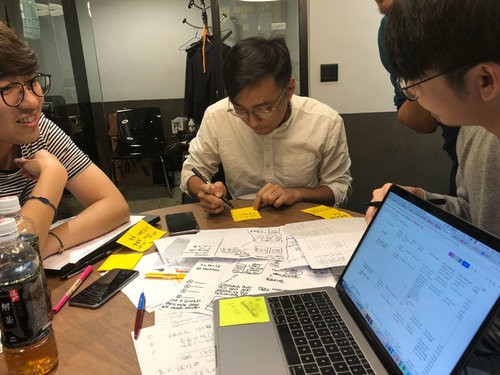
Expert interviews & HMW exercise
We start with the expert interview and "How Might We" (HMW) questions, which help us dive deep into the true problem.
In this section, we first separated into several small groups with 2 experts and 1 designer. While designer was interviewing 1 expert with a set of questions related to the sprint topic, another expert was required to jot down some HMW questions based on what he heard from the conversation.
Here are some examples of HMW we got:
How might we group similar things together so that the T&C is more understandable?
How might we elaborate the clause if users don't understand?
How might we make it look less like a T&C so that users are more willing to read?
How might we tell them the consequence/next-step/risk of agreeing those checkboxes?
How might we prioritize the T&C and see which one is more important?

Share, group and vote the HMWs
Day 1 - Understand
Expert Interviews & HMW (How-Might-We) Exercise (20 mins)
Share, Group, and Vote the HMWs (15 mins)
Journey Mapping (45 mins)
Discover: Where the users come from
Learn: What we want users to learn/know
Use: What users do to achieve the goal
Goal: To read and understand the T&C

We start with the expert interview and "How Might We" (HMW) questions, which help us dive deep into the true problem.
In this section, we first separated into several small groups with 2 experts and 1 designer. While designer was interviewing 1 expert with a set of questions related to the sprint topic, another expert was required to jot down some HMW questions based on what he heard from the conversation.
Here are some examples of HMW we got:
How might we group similar things together so that the T&C is more understandable?
How might we elaborate the clause if users don't understand?
How might we make it look less like a T&C so that users are more willing to read?
How might we tell them the consequence/next-step/risk of agreeing those checkboxes?
How might we prioritize the T&C and see which one is more important?

Day 1 - Understand
Expert Interviews & HMW (How-Might-We) Exercise (20 mins)
Share, Group, and Vote the HMWs (15 mins)
Journey Mapping (45 mins)
Discover: Where the users come from
Learn: What we want users to learn/know
Use: What users do to achieve the goal
Goal: To read and understand the T&C

We start with the expert interview and "How Might We" (HMW) questions, which help us dive deep into the true problem.
In this section, we first separated into several small groups with 2 experts and 1 designer. While designer was interviewing 1 expert with a set of questions related to the sprint topic, another expert was required to jot down some HMW questions based on what he heard from the conversation.
Here are some examples of HMW we got:
How might we group similar things together so that the T&C is more understandable?
How might we elaborate the clause if users don't understand?
How might we make it look less like a T&C so that users are more willing to read?
How might we tell them the consequence/next-step/risk of agreeing those checkboxes?
How might we prioritize the T&C and see which one is more important?

Day 2 - Sketch
Sketch the most-voted HMW questions (60 mins)
Crazy 8: Sketch eight distinct ideas in 8 minutes (8 mins)
Detailed Sketching (each HMW 12 mins)
After we defined the questions that we were going to solve and collected enough context about the problem, it's time to sketch the potential solution. Our goal is to brainstorm inspiring solutions as much as possible in a limited time. As a result, we invited everyone to join the "Crazy 8" section - a fast sketching exercise that engaged people to sketch at most eight ideas in eight minutes. After that, everyone picked their best idea to create a higher fidelity sketch.

Crazy-8 sketching session

Sketching
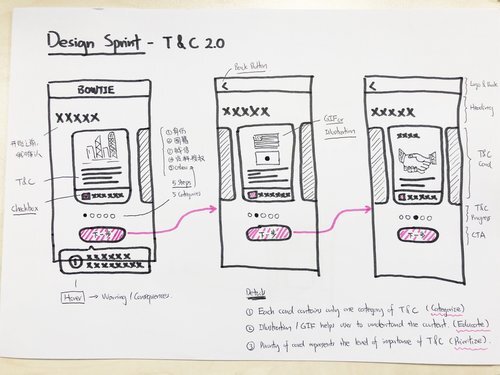
My sketch
Day 2 - Sketch
Sketch the most-voted HMW questions (60 mins)
Crazy 8: Sketch eight distinct ideas in 8 minutes (8 mins)
Detailed Sketching (each HMW 12 mins)
After we defined the questions that we were going to solve and collected enough context about the problem, it's time to sketch the potential solution. Our goal is to brainstorm inspiring solutions as much as possible in a limited time. As a result, we invited everyone to join the "Crazy 8" section - a fast sketching exercise that engaged people to sketch at most eight ideas in eight minutes. After that, everyone picked their best idea to create a higher fidelity sketch.



Day 2 - Sketch
Sketch the most-voted HMW questions (60 mins)
Crazy 8: Sketch eight distinct ideas in 8 minutes (8 mins)
Detailed Sketching (each HMW 12 mins)
After we defined the questions that we were going to solve and collected enough context about the problem, it's time to sketch the potential solution. Our goal is to brainstorm inspiring solutions as much as possible in a limited time. As a result, we invited everyone to join the "Crazy 8" section - a fast sketching exercise that engaged people to sketch at most eight ideas in eight minutes. After that, everyone picked their best idea to create a higher fidelity sketch.



Day 3 - Vote
Dot Vote (30 mins)
We hanged everyone's sketches up on a wall. Each participant had few minutes (<3 mins) to briefly present their solution. After reviewing the sprint questions and goals, each participant had unlimited votes to select the best idea or a specifically most inspiring part in the sketch.
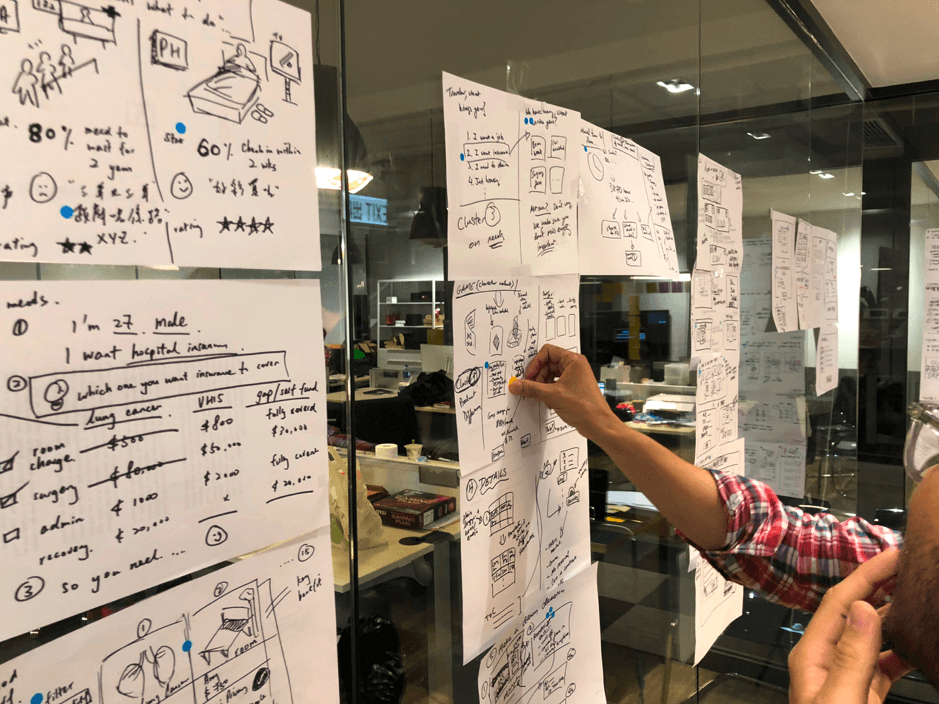

Day 3 - Vote
Dot Vote (30 mins)
We hanged everyone's sketches up on a wall. Each participant had few minutes (<3 mins) to briefly present their solution. After reviewing the sprint questions and goals, each participant had unlimited votes to select the best idea or a specifically most inspiring part in the sketch.


Day 3 - Vote
Dot Vote (30 mins)
We hanged everyone's sketches up on a wall. Each participant had few minutes (<3 mins) to briefly present their solution. After reviewing the sprint questions and goals, each participant had unlimited votes to select the best idea or a specifically most inspiring part in the sketch.


Day 4 - Prototype
In the prototype phase, our designers worked together to create prototype of the voted concepts. By using an interactive prototype tool - Invision, we created a prototype that is real enough to validate and test.
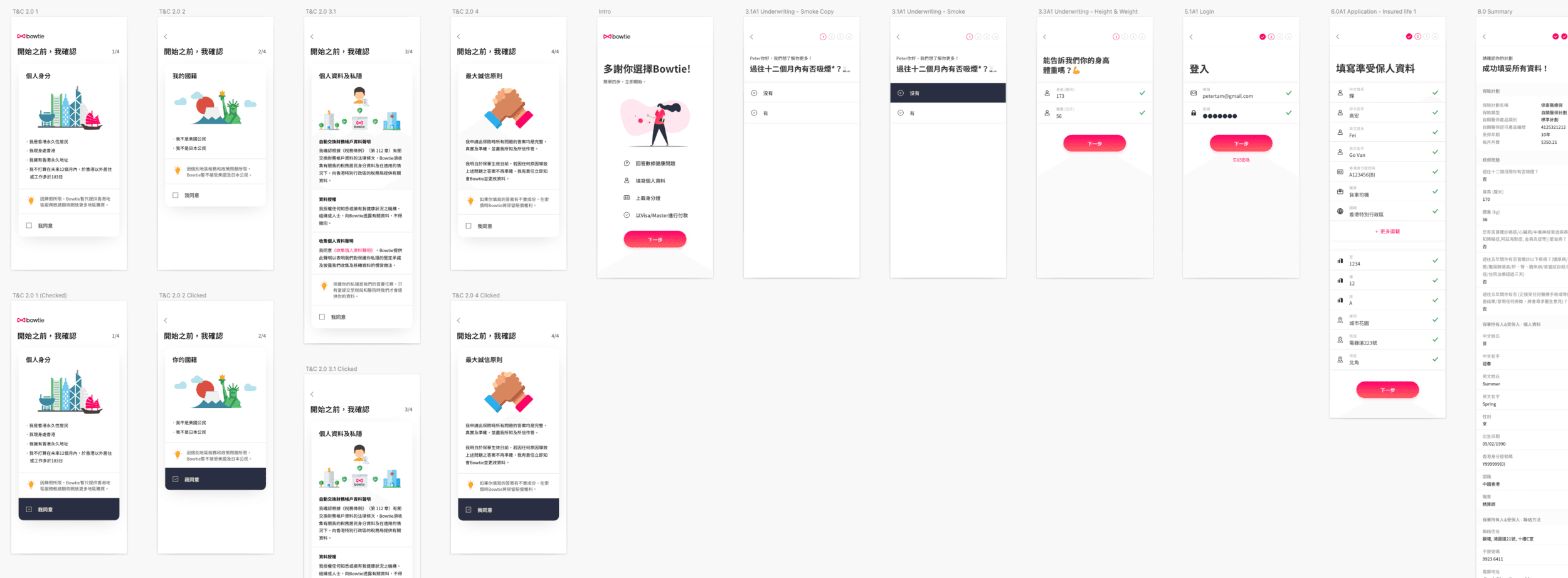
Hi-fi design in Sketch
Day 4 - Prototype
In the prototype phase, our designers worked together to create prototype of the voted concepts. By using an interactive prototype tool - Invision, we created a prototype that is real enough to validate and test.

Day 4 - Prototype
In the prototype phase, our designers worked together to create prototype of the voted concepts. By using an interactive prototype tool - Invision, we created a prototype that is real enough to validate and test.

Day 5 - User testing
We recruited 5 participants from different teams for our internal testing. We got the approval from our participants to take video on their reaction and record their user journey. Both positive and negative feedbacks were well recorded and taken into account in the iteration process.
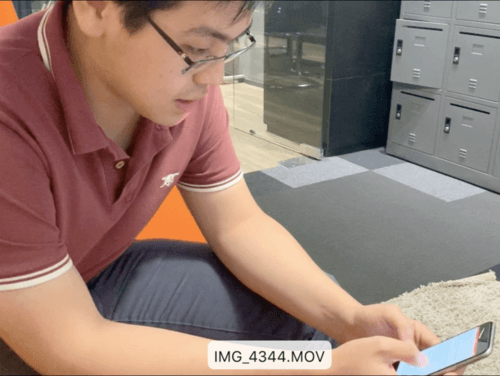
Internal user testing

Internal testing result
Day 5 - User testing
We recruited 5 participants from different teams for our internal testing. We got the approval from our participants to take video on their reaction and record their user journey. Both positive and negative feedbacks were well recorded and taken into account in the iteration process.


Day 5 - User testing
We recruited 5 participants from different teams for our internal testing. We got the approval from our participants to take video on their reaction and record their user journey. Both positive and negative feedbacks were well recorded and taken into account in the iteration process.

